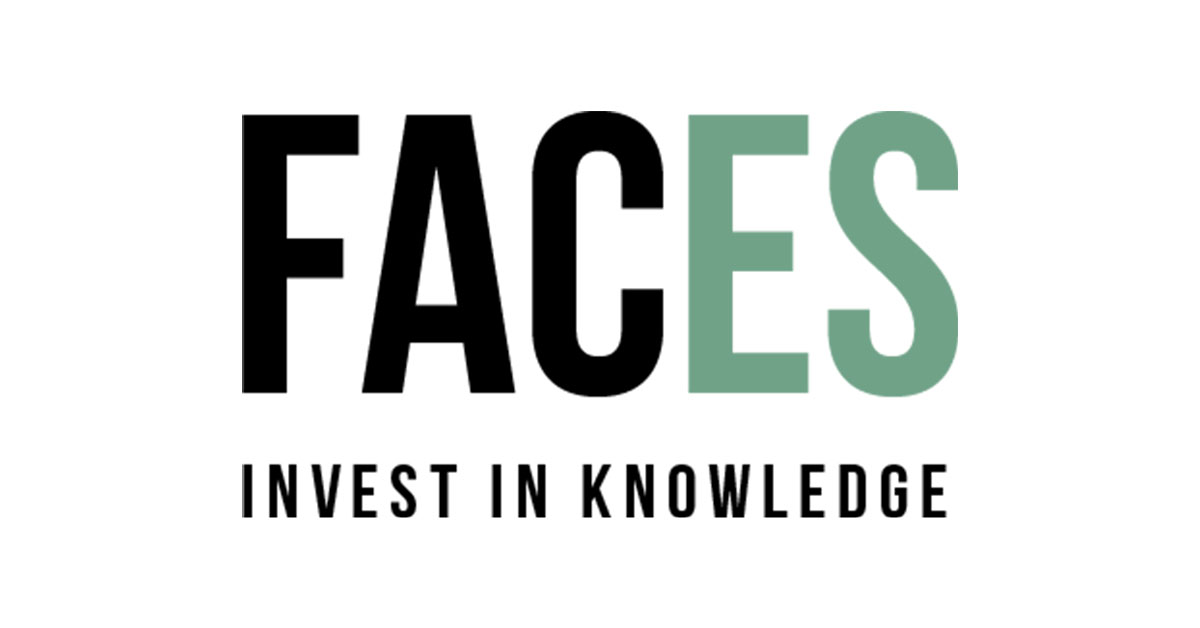'Developments in the field of sustainability are moving fast. Being part of that, helping clients get ready and making an impact, is something we are

Over the past decade the accounting profession has attracted widespread attention more than ever before. If it is not because of accounting scandals and the financial crisis, then it is because of reports from the AFM concerning the poor quality of financial audit by accounting firms, the involvement of accountants in corruption (such as Ballast Nedam) or changing regulations for auditors. The question that presents itself is whether these developments are understandable and whether the new regulations will ultimately lead to a better functioning accounting profession and thus to a restored confidence in the audit and the financial markets. For this reflection, I will first briefly discuss the explanation for the existence of the accounting profession to subsequently give an indication of its history with emphasis on the latest developments. Finally, I will provide you with my comments on the most recent developments, policies and regulations relating to the accounting profession, for which I want to emphasize that it is my personal opinion.
Auditing Theory
For explaining the existence of the accounting profession, there are several theories available. The most common of these is the information theory, where the existence of the audit profession is explained by the reduction of the information risk as a result of the work of the auditor. The reasoning followed is that by counting the reduced information risk of for example, the financial statements, as evidenced by the attached audit report, investors and financers make calculation with a lower risk premium in the desired return on the presumed reliability of information provided. Confidence that investors and financiers in the auditor’s report of the auditor, is thus crucial. If the perceived information security is not provided by the auditor, it may ultimately harm the existing basis of the accounting profession.
Brief Historical Overview
The emergence of the accounting profession in the Netherlands is situated at the end of the 19th century, when the fraud of Pincoffs at the African Trading Association is discovered. Pincoffs draws false balance sheets and a large number of private investors are at the receiving end. Until then Pincoffs had a high reputation in the Rotterdam community and possessed all investor’s trust. After Pincoffs’ fraud scandal, a way has been made for the appointment of a controller of the books, made by the supervisors. The profession is evolving and gradually, large accounting firms are being formed through partnerships. The 80s and 90s can be characterized as a further commercialization of the audit market, where the individual practitioner is subordinate to the commoditisation of accounting firms, which are becoming more and more international operating and centrally controlled. During this period we also see that the advisory departments of accounting firms experience tremendous growth. The audit shall be subordinate to the advisory function. Typical is the practice of ‘lowballing’ where accounting firms are buying from a client through an incredibly low budget control to offset sizeable consulting with that same client. This way heavy pressure is put on the independence of the auditor, one of the pillars for the accounting profession. The settlement follows the beginning of the 21st century. Immediately after entering a new century, there is a large number of apearances of several accounting scandals. Enron, Worldcom, Parmalat and Ahold are just a few examples of fraudulent financial reporting that form a plague to financial markets. Accountants have failed to detect or signal these frauds.
Recent Developments
The accounting profession has yet tried to change its course, through self-regulation, but for that, the trust of the financial markets was put to the test too much and the profession was too derailed. All over the world, supervision in the accounting profession was strengthened or introduced. In the United States, the PCAOB (Public Company Accounting Oversight Board) is formed and in the Netherlands the WTA (Wet Toezicht Accountantsorganisaties) is introduced, in which supervision is entrusted to the AFM. Also typical is the Sarbanes Oxley legislation in the United States in which listed companies are held accountable through an Internal Control Statement on ensuring reliable financial reporting for which the auditor must provide assurance. Also the independence rules are tightened worldwide, listed companies are at the forefront and in particular the combination of audit and advisory is increasingly questioned.
In fact, the introduction of the WTA in the Netherlands, is a logical development. Up to that point there was in fact just mention of laws and regulations that primarily focused on the individual professional, while as outlined above, within the accounting firms, the individual professional increasingly came under pressure and in fact performed mainly centrally formulated polices of the firm. Due to the introduction of the WTA, regulations came into balance with the way in which the profession was practiced, which made it possible they could be maintained at the level of the audit firms.
The initiatives at European level are more of a recent date. Commissioner Barnier has made suggestions in his green paper on the reform of the accounting profession. Most eye-catching were his proposals for the rotation of audit firms and the execution of so-called joint audits. The rotation of individual auditors in audit firms had previously been controlled by the introduction of the WTA. Barnier now wanted to take the next step by also requiring that at least public interest entities (PIEs called) should change their accounting office periodically. He linked this to a proposal to not entrust auditing to one accounting firm, but to provide two audit firms who will perform the audit of the financial statements jointly, and will collectively make an assessment, as is now usual in France.
There is a lot of lobbying by accounting firms against Barnier’s proposals and ultimately in European context, not much is left of his proposals in the draft guidelines that are now circulating. That is unfortunate, because in principle, Brnier’s proposals do point in the right direction. Rotation of audit firms and joint audits reinforce the independence of auditors and hence the objectivity in their judgment. At leasy byy rotation business blindness is prevented, that often occurs to accountants(organizations) over time. This occurrence helps to stimulate and refresh professional skepticism. The joint audit will prevent disproportionate pressure on the signing accountant by the audited. After all, the second auditor should also agree. This leads to an increase in pressure on the audited. In addition, a well-planned joint would also make sure that no substantial knowledge will be lost concerning the accountant. Through an overlapping system in which after, for example, four years the lead auditor passes his work to the joint auditor, which also performs for four years, substantial knowledge will not be lost. Moreover, in this way the dependence of four major global firms will be eliminated as the second tier audit firms are gradually involved to the joint audit, which leads to the creation of a broader foundation.
Current Situation
Now, with the introduction of a new Law on the Accounting Profession (WAB) in 2012, via a motion-Plasterk, the Netherlands has chosen to already enter the rotation of audit firms at least every eight years, already have to enter the rotation of audit firms. Although in the beginning this legislation has received much critique, we see that listed companies currently already embraced it and that most of the rotation of their accountant has put in motion. The accounting profession is thus moving again. All we need is a joint audit in the Netherlands to really be speaking of working on fundamental reforms.
I would like to point out one of the latest developments concerning the accounting profession, which is of great importance. In the course of the years, we have seen that the audit report has become broader and broader. It started with mere signing the financial statements by the auditor or a single paragraph in which the fair presentation of the results and potential were confirmed, but nowadays we can conclude that the same auditor’s report usually includes more than one page. And according to the IAASB (International Auditing and Assurance Standards Board) it shouldn’t stop there. The auditor’s report should include even more information for the user of the financial statements. The work and results of the audit should be made more transparent according to the IAASB. The question is whether this is a positive development.
In my opinion, auditors must not draw attention to themselves more than necessary. This means that audit reports should be as compact as possible. Only if there are residual risks or skepticism after auditing, these should be communicated. In the proposals of the IAASB, the auditor would have to focus on so-called Key Audit Matters. These are items that have previously been appointed in the audit plan as significant risks. Examples mentioned are impairments of goodwill, the valuation of financial instruments, and recognition of revenue. In addition, the auditor should always account for going concern and it would be advisable to explain on how accurate the audit is completed. Here, the following observations can be made: all of these issues and, in particular, the risks and discussion items in the financial statements will always be reported to the Audit Committee by the auditor.
It lies more in the way of the Audit Committee is then responsible to justify the way they handled these matters as an internal regulator. Moreover, commissioners have a lot more freedom in providing this type of information because they are acting on behalf of the company, while the auditor must constantly struggle with the dilemma of confidentiality, leading to the information he can provide to be perhaps less useful.
In my view, the auditor should only include this kind of information in the auditor’s report if the audit committee and advisors fail to be accountable in the right way.
With regard to the materiality to be used, the company is the first to speak. It will have to answer on the accuracy with which the financial statements are prepared. Then the auditor can justify the accuracy with which the accounts have been audited. Regarding the continuity, no extensions are necessary in my opinion. The current legislation provides sufficient space for the enterprises to account for continuity as the basis and the auditor does not need, in this context, more than his emphasizing paragraph. I understand that there is a need for transparency and certainty for users of financial statements. Such transparency should, however, come from the company itself, and then the internal supervisors or audit committee. The role of the auditor is after all correcting and additional if initially that transparency is not reached. The auditor should not talk out of turn.
We should also be aware that too much transparency can lead to unnecessary uncertainty and thus additional volatility in the financial markets. If there is no cause to actual risks or problems then you should not report this unnecessarily. Financial statements are, by their too extensive disclosures (under IFRS) often no more informative and accessible, so we have to prevent this from happening to audit reports too. Users, especially analysts, will always ask for more information, but less is more. For those interested in the new auditor’s report I refer you to the exposure draft of the IAASB “Reporting on audited financial statements” of July 2013, and to the latest financial statements of Vodafone and Sligro, in which there has been experimented with additional transparency, while anticipating on the new regulations by auditors and audit committee .Form your own opinion and participate in the discussion.
This article is translated from Dutch to English by the Editorial Board of Asset | Accounting & Finance.





















